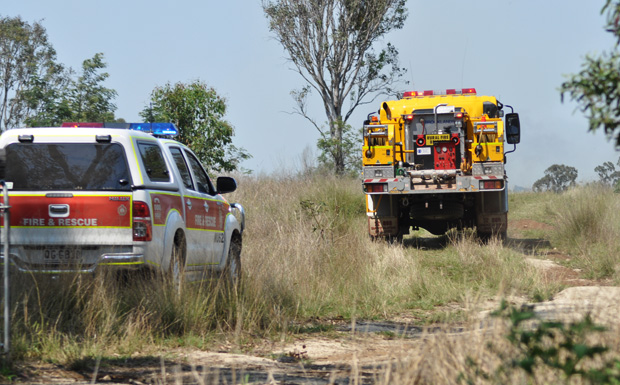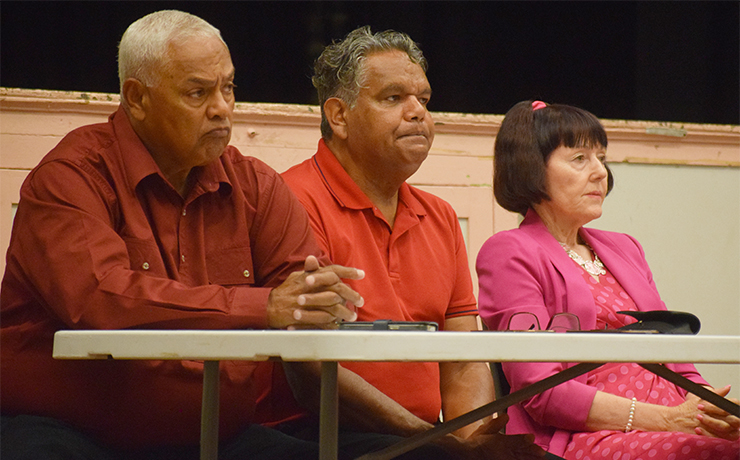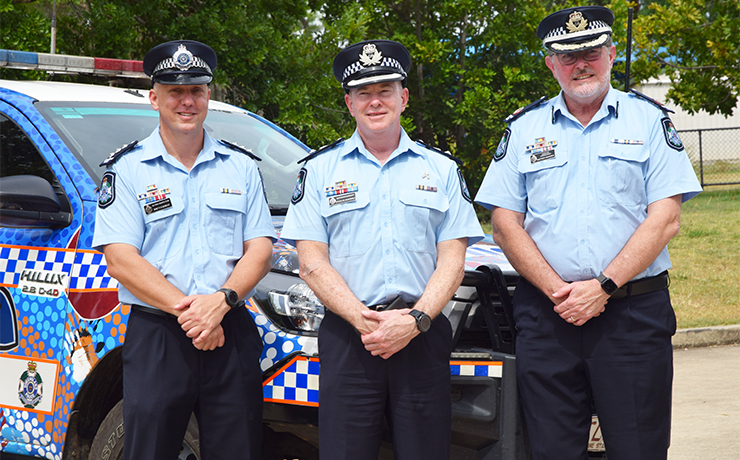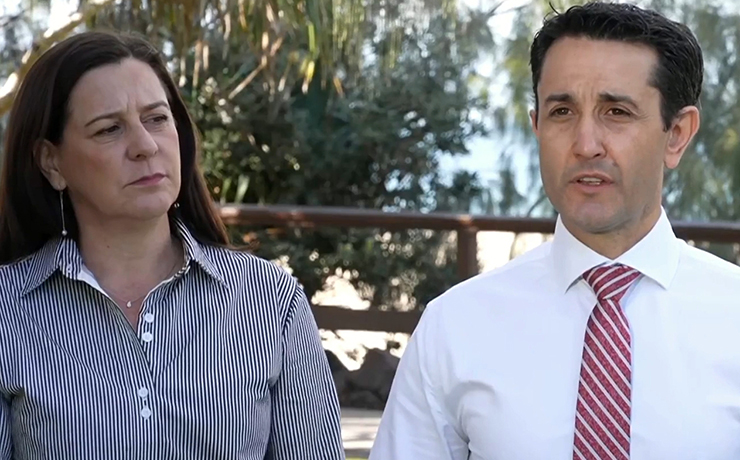
April 24, 2020
With another severe bushfire season looming, local firefighters are urging property owners to do some simple things that will help fire crews in an emergency.
QFES Area Commander (Kingaroy Command) Archie Andrews said there were some important things that property owners could do:
- Is your property number near the gate and easily seen? Fire crews can waste time getting to a fire if they miss a property signpost and overshoot the gate.
- Is your cattle grid rated to take a 20 tonne vehicle? Fire crews don’t want to collapse it!
- Is your gate wide enough to allow fire trucks to enter your property without damaging your gate or the truck? Gates should be at least four metres wide.
Now is the perfect time for people to prepare their properties for the bushfire season.
“There should be at least 50m of lawn around your house if you are not on a reticulated water supply,” Commander Andrews said.
A short lawn will slow the progress of the fire and the radiant heat won’t be too hot to stop the property owner tackling the flames with a garden hose before the fire units arrive.
Long grass and trees near the building will simply shower the house with embers.
Commander Andrews said property owners should also have the right equipment on hand.
“Prepare your water supply,” he said. “Poly lines should all be buried underground.”
Firefighters also should be able to get easy access to water tanks so they can refill on site.
Commander Andrews said maintenance and preventative measures would give the South Burnett the best chance possible during the fire season.
For example, as well as clearing out gutters, make sure that grass has been cleared around the base of SWER (Single Wire Earth Return electricity) poles, common on rural properties.
Clearing an area around the pole will help to protect it from a fire passing through, but will also help to stop a bushfire starting if a live wire falls.
“Fallen live wires are a hazard for stock, but also for attending fire crews,” Commander Andrews said.
Intensive grazing in particular blocks is also another mitigation strategy that farmers should adopt.
A fire that starts in one block with longer grass will slow when it hits an adjacent paddock that has been intensively grazed, providing fire crews an opportunity to get to it.
If intensive grazing isn’t an option, slashing and baling a block is a similar mitigation strategy – but be careful when slashing to always look behind.
“Dust explosions can occur under the slasher. Dust collects and a spark from striking a rock can ignite the dust and start a fire,” Commander Andrews said.
“Slashing needs to be done now so it won’t be too dry. And keep an eye out on what’s going on behind you!”
Commander Andrews said if a small fire starts when slashing, simply turn around and “knock it out”.
The third mitigation option was hazard reduction burning – but this must be a low intensity, cool burn otherwise the ground would take years to recover.
“Make sure you have enough equipment and personnel to look after it,” Commander Andrews said.
“And make sure you have a permit.”
If a burn exceeds two square metres in size, a Permit to Light Fire must be obtained.
Permits – which are free – are issued by local fire wardens who are knowledgeable about local requirements, current weather conditions and how to manage fuel loads safely.
They can be located via the Fire Warden Finder on the Rural Fire Service website
“There is a window of opportunity now to get things done because of COVID-19, but it’s the right time of the year as well,” Commander Andrews said.
- Related article: Prepare Now For Bushfire Season





















